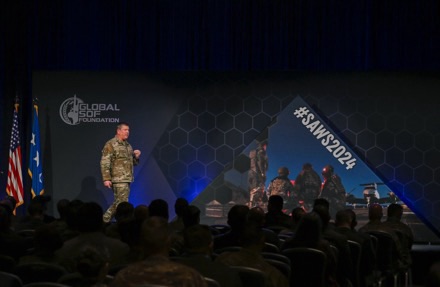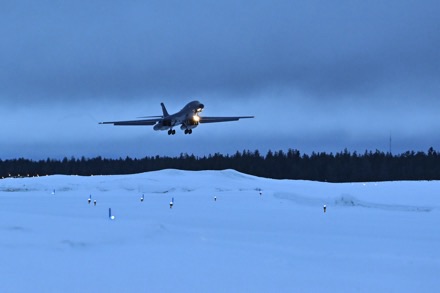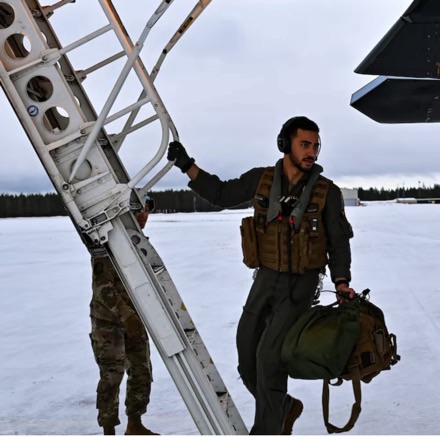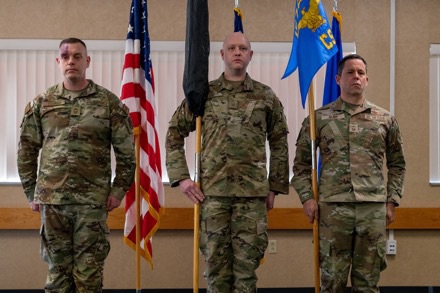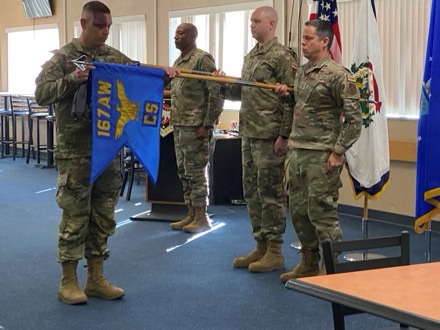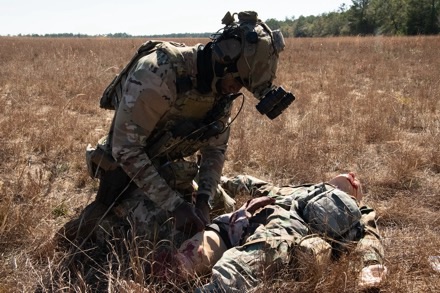WRIGHT-PATTERSON AIR FORCE BASE, Ohio (AFNS) —
Military uniforms are designed to accommodate most body types, but many individuals face difficulty finding a good fit based on unique proportions or even medical needs.
The Air Force provides special-order – often used interchangeably with special-measurement which is the most common type of special order – uniforms to service members who fall outside of the standard size range. There are also options for those who need non-permethrin-treated operational camouflage pattern, or OCP, uniforms. Permethrin is an insect repellent. The special-order process allows service members to comply with military standards and maintain a professional appearance without incurring additional costs.
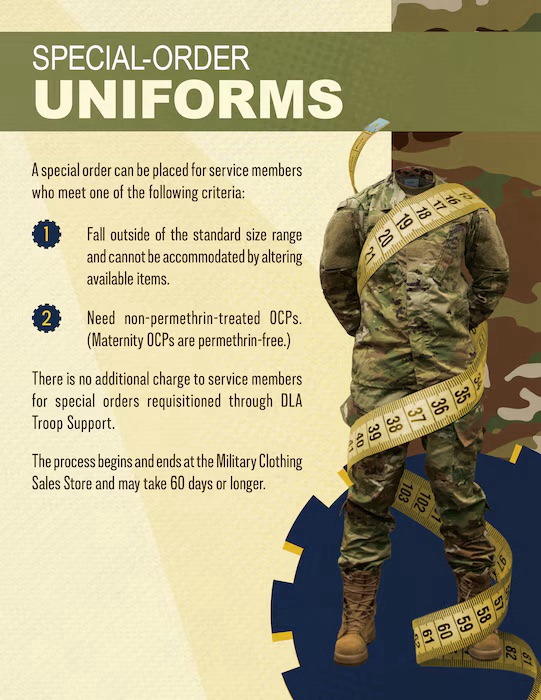
“What the customer pays is the standard price of the item,” said David James, Defense Logistics Agency Troop Support Customer Cell chief. The DLA Troop Support customer is the Army Air Force Exchange Service, or AAFES, which operates the Military Clothing Sales Store, or MCSS, on behalf of the Department of the Air Force.
“MCSS locations purchase uniforms from DLATS [commonly used as an abbreviation for DLA Troop Support] at cost and sell at cost,” said Shawn Martinson, AAFES military clothing buyer. “If a service member requires clothing or footwear that is unavailable in the sizes provided in store and they cannot be accommodated by altering an available item, the military clothing associate prepares a special-measurement requisition through DLATS.”
When the Air Force transitioned to OCPs, Lt. Col. Katie Henschel, a program manager with the U.S. Transportation Command, noticed she broke out in hives during duty days.
“I had red, bumpy, itchy skin all along my arms and legs whenever I was in uniform; however, over the weekend, my skin would return to normal,” Henschel said. “My medical provider suspected an allergic reaction to the permethrin-treated OCPs. Their advice was to see if non-permethrin-treated OCPs were an option.”
The special-order process begins and ends at the MCSS.
First, a service member tries on several standard sizes to determine if a common size garment can be used. If not, the store associate indicates the best fitting standard size, describes how the garment fits improperly, and takes the service member’s body measurements.
Forms for special-order uniforms are completed and submitted to either DLA Troop Support or the Air Force Clothing and Textile Liaison Office, or AFCTO. The AFCTO, part of Agile Combat Support’s Human Systems Division, assists those unfamiliar with the special-order process by guiding them and reviewing their requests for completion prior to submission to DLA Troop Support. Upon receipt of the special-order request, DLA Troop Support puts the order on contract with their vendor. Finally, the DLA Troop Support vendor develops the requested item and ships it to MCSS for customer pickup.
The special-order process for footwear is similar but may require a visit to a healthcare provider if a medical condition is confirmed or suspected. A healthcare professional will take foot measurements and tracings and fill out required forms. The paperwork is then given to MCSS for requisition.
“Most special orders can be filled in 60 days, but depending on the item there may be exceptions,” James said.
By Maj Tiffany Low, Air Force Life Cycle Management Center, Agile Combat Support Directorate


